Or....Confessions of a Teacher/Writer and the Connection between Reading and Writing(Check out the video clip first and then read below.) Most of Tammi Sauer's books follow a great plot structure. Therefore her books are fantastic to use with students for retelling and also for using as an example for writing their own fictional stories. Plot Structure of a Picture Book Setup- Tells who the characters are, where they are (setting) and what they do. Inciting Incident- An incident that happens that causes a problem for the main character. This problem forces them to want to try to solve it. Events-where they “Try” to solve it and fail each time. (Picture books typically will have three.) Try. Fail. Try. Fail. Try. Fail. Climax-Dramatic moment of overcoming or solving problem. (But then…something big happens…and the character makes a choice.) Result- Building down, wrapping up loose ends, and showing positive consequences of climax. Resolution- Happy or hopeful ending Let's take a look at Tammi's book trailer for Nugget and Fang and see how many elements we can identify. (All won't be revealed because it's a book trailer.)
Let's take a closer look at Nugget and Fang. (Warning: The ending is revealed in this analysis of the plot. So first, go get the book, read it, laugh out loud, read it again, share it with a friend, laugh some more, and then come back to read the following.) Setup: Shark and a minnow- two best friends that did everything together. Inciting Incident: Life was perfect until Nugget started school and realized he couldn't be friends with a shark. Fang was sad. He had to “prove” he wasn’t scary. Events: Try 1. (Fang is a surprise visitor at school.) Fail Try 2. (Fang sends a letter inviting Nugget over for dinner.) Fail Try 3. (Tried several other things like getting a tattoo of Nugget and sending a singing band of seahorses, but finally he was out of ideas.) Fail (and he was still really sad without his friend.) Climax: But then something really bad happens and He was so sad that ….he didn’t notice a net. The minnows all got trapped. They were going to be captured. So Fang makes the decision to help them by chomping through the net. Results: He saves them. Resolution: And they all became friends. The main thing I noticed that I did wrong as a teacher with retelling, was I would always have students identify: Character, Setting, Problem, Solution. Later, I started adding in: Character, Setting, Problem, Events, Solution. However, this still didn't make sense. Kids could identify (most of the time) the pieces in isolation. But the connection was never made that those "Events" consisted of the character "Trying" to solve the problem and "Failing" along the way. So instead, I use a retelling format that fits the picture book structure. And now, it makes it easier when attempting to "write" our own fictional stories. *Again- not all books are plot driven books. And even if they are, not all plot driven stories will fit this exactly. Some may not have an "inciting incident" that causes the problem. Some picture books will just jump right into the problem. Often the climax, results, and resolution are very short and can often be squished together at the end. And because picture books are so short, sometimes the results and resolution are the same. Check out Tammi's other books. See if you you can use the template to analyze the plots. (Then use it to write your own fictional plot driven story.) For more information check out Tammi's website at www.tammisauer.com.
Charlotte
9/16/2013 10:15:13 am
Mandy, this is a significant post with so much information. We read our lessons, but you have organized the info into a great lesson-thank you!
Mandy
9/16/2013 10:17:16 am
Thanks Charlotte! That means a lot. :) 9/16/2013 11:37:49 pm
Thanks so much for featuring my books. :)
Mandy
9/17/2013 01:58:53 am
Tammi! 9/17/2013 04:58:26 am
I think the best way to understand what those structures are is to study some great examples. Hope this helps!
Van
7/28/2014 05:22:24 am
I have an understanding of the plot structures you mentioned, except reversal. Do mind sharing a definition of reversal plot structure? Thanks.
Mandy
9/17/2013 05:22:15 am
Thanks for the references!
Caneisha Murchison
4/28/2017 02:17:26 pm
I think this great because I had to do a project and it was pretty good so please pick one of this books because it will really help you with your work so yes i would fir you to use this it is very great 8/22/2018 06:18:41 pm
Love this! This is great information. I love the book suggestions too!
Alice Lasswell
2/3/2019 08:32:36 am
So how do you use this retelling format? This is year 30 teaching 1st and 2nd grade and I usually teach character, setting, problem and solution and I'm interested in your retelling method. 7/29/2021 02:13:54 pm
I have been reading posts regarding this topic and this post is one of the most interesting and informative one I have read. Thank you for this! 1/18/2022 12:35:25 pm
This post was truly worthwhile to read. I wanted to say thank you for the key points you have pointed out as they are enlightening. Comments are closed.
|
We are so excited to be mixing things up at CBA, beginning with some delicious additions to the Blogfish. Meet our awesome bloggers!!
Here's our lineup: 1st Mondays begin with former school psychologist Dr. Debra Collins who will be writing about Social emotional Learning in kidlit and behind the scenes as well as Jewish children's books. 2nd Mondays will feature super smart Melissa Stoller whose career is taking off with several new books. 3rd Mondays will feature our new blogger coming soon. 4th Mondays features new blogger, the fabulous Brentom Jackson, who has a beautiful approach to blogging. And 5th Mondays we'll be taking a break Archives
July 2024
|
|
Discover
|
About Us
|
Join Us
Join our Community and receive a fabulous free gift, KidLit tips, newsletters, scholarship info, contests, and more!
Join our KidLit Mentorship |
Social Media
Interact with our FaceBook Group or follow us on:
|
© 2010-2024 All content on this website is copyrighted. Sorry, all courses are non-refundable.
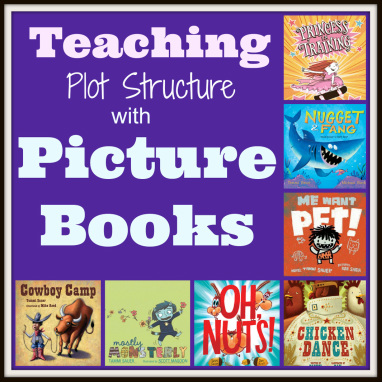
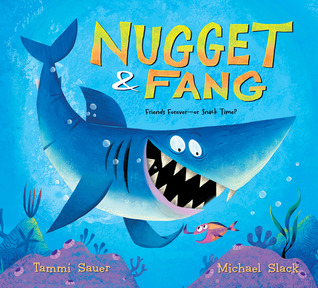
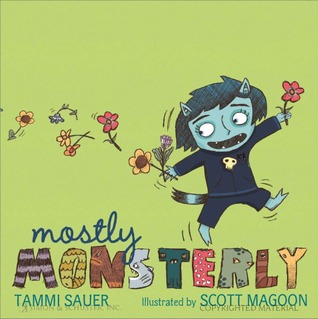
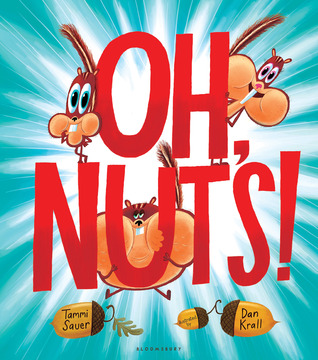
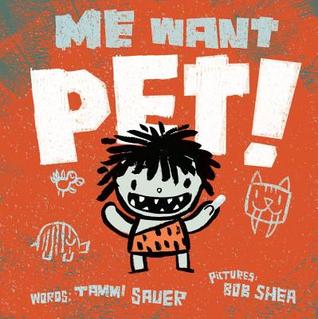
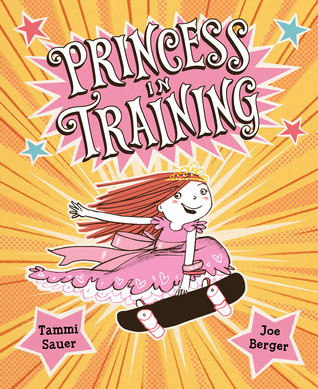
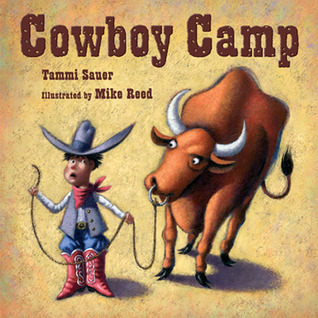
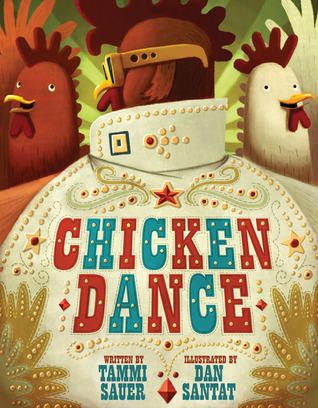
 RSS Feed
RSS Feed
